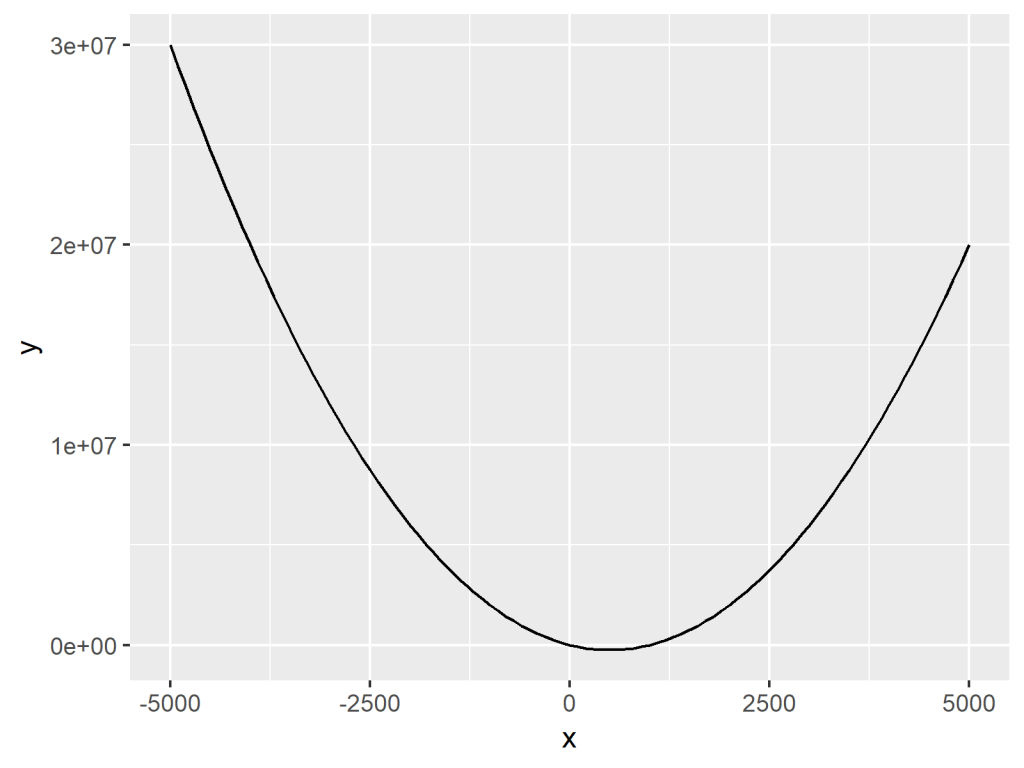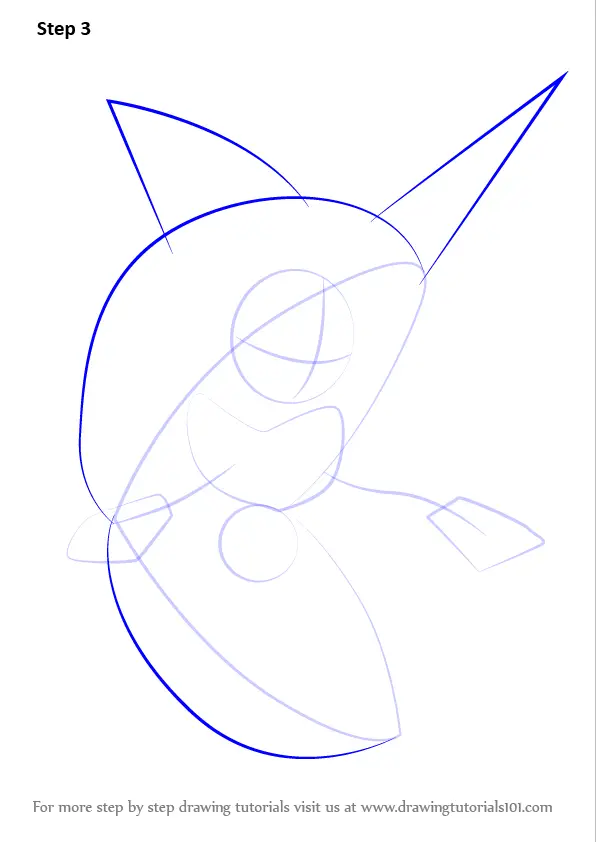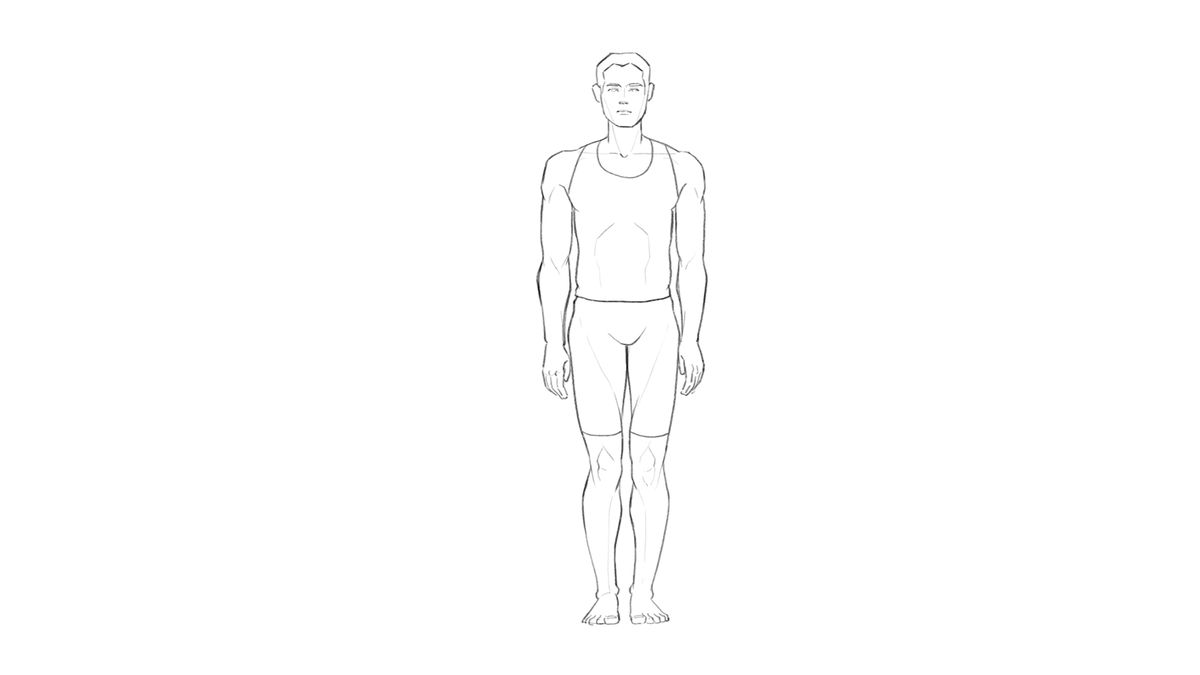Exponential functions graphing function equation growth maths algebra math equations decay part
Table of Contents
Table of Contents
Are you struggling to draw the graph of a function? Look no further! In this post, we’ll walk you through how to draw the graph of a function step by step.
Many students find drawing the graph of a function to be a daunting task. The process can be confusing, and mistakes can lead to incorrect results. However, with the right approach, drawing the graph of a function can be a breeze.
The first step in drawing the graph of a function is to determine the domain and range of the function. The domain is the set of all possible values for the input variable, while the range is the set of all possible values for the output variable. Once we have determined the domain and range, we can plot points on a coordinate plane and connect them to form the graph of the function.
In summary, to draw the graph of a function, you need to determine the domain and range, plot points, and connect them to form the graph. Keep in mind that the graph of a function can include multiple points and lines, so take your time and double-check your work.
My Personal Experience with Drawing the Graph of a Function
I remember the first time I was asked to draw the graph of a function. I had no idea where to start and found the process to be very intimidating. However, after practicing and breaking down the steps, I was able to gain confidence and draw the graph of a function with ease.
One trick I found helpful was to start by plotting the key points and then connecting them to form the graph. Additionally, I always made sure to double-check my work and ensure that I had correctly determined the domain and range of the function.
Understanding Functions and Their Graphs
A function is a relation between sets of inputs and outputs with the property that each input is related to exactly one output. In other words, for each input, there is only one output.
A graph is a visual representation of a function that shows how the output of the function changes in response to changes in the input.
When graphing a function, it’s important to keep in mind the shape of the graph and any special characteristics it may have, such as asymptotes or discontinuities.
Step by Step Guide for Drawing Graph of a Function
1. Determine the domain and range of the function.
2. Plot key points on a coordinate plane.
3. Use the slope and intercept to connect the points with a straight line.
4. Double-check your work.
Tips for Drawing the Graph of a Function
1. Start by plotting key points.
2. Be careful when determining the domain and range.
3. Make sure to double-check your work.
Common Mistakes When Graphing a Function
One common mistake when graphing a function is misinterpreting the domain and range. Another mistake is not plotting enough points, leading to an inaccurate graph. Additionally, forgetting to label the axes or points can make the graph difficult to read.
Question and Answer
Q: What are the steps to draw the graph of a function?
A: The steps are to determine the domain and range, plot points, and connect them to form the graph.
Q: What is the domain of a function?
A: The domain is the set of all possible values for the input variable.
Q: What is the range of a function?
A: The range is the set of all possible values for the output variable.
Q: Why is it important to double-check your work when graphing a function?
A: Double-checking your work ensures the accuracy of the graph and can prevent mistakes.
Conclusion of How to Draw Graph of a Function
With this guide, drawing the graph of a function should be a simple and straightforward process. Remember to determine the domain and range, plot points, and connect them to form the graph. By avoiding common mistakes and double-checking your work, you can confidently draw the graph of any function you encounter.
Gallery
Draw Plot Of Function Curve In R (2 Examples) | Base R Vs. Ggplot2

Photo Credit by: bing.com / curve plot function draw
Trigonometric Graph: How To Draw Absolute Or Modulus Function Graphs

Photo Credit by: bing.com / graphs modulus trigonometric absolute
Finding And Defining Parts Of A Polynomial Function Graph | CK-12
Photo Credit by: bing.com / function graph polynomial draw defining finding parts range cubic solutions
Mr. Giomini’s Mathematics Blog: Monday, November 21

Photo Credit by: bing.com / linear function tables equation graphing table using values relationships mathematics functions equations relationship use look math lines into mr algebra
Exponential Functions Part 1 - Graphing - YouTube

Photo Credit by: bing.com / exponential functions graphing function equation growth maths algebra math equations decay part






